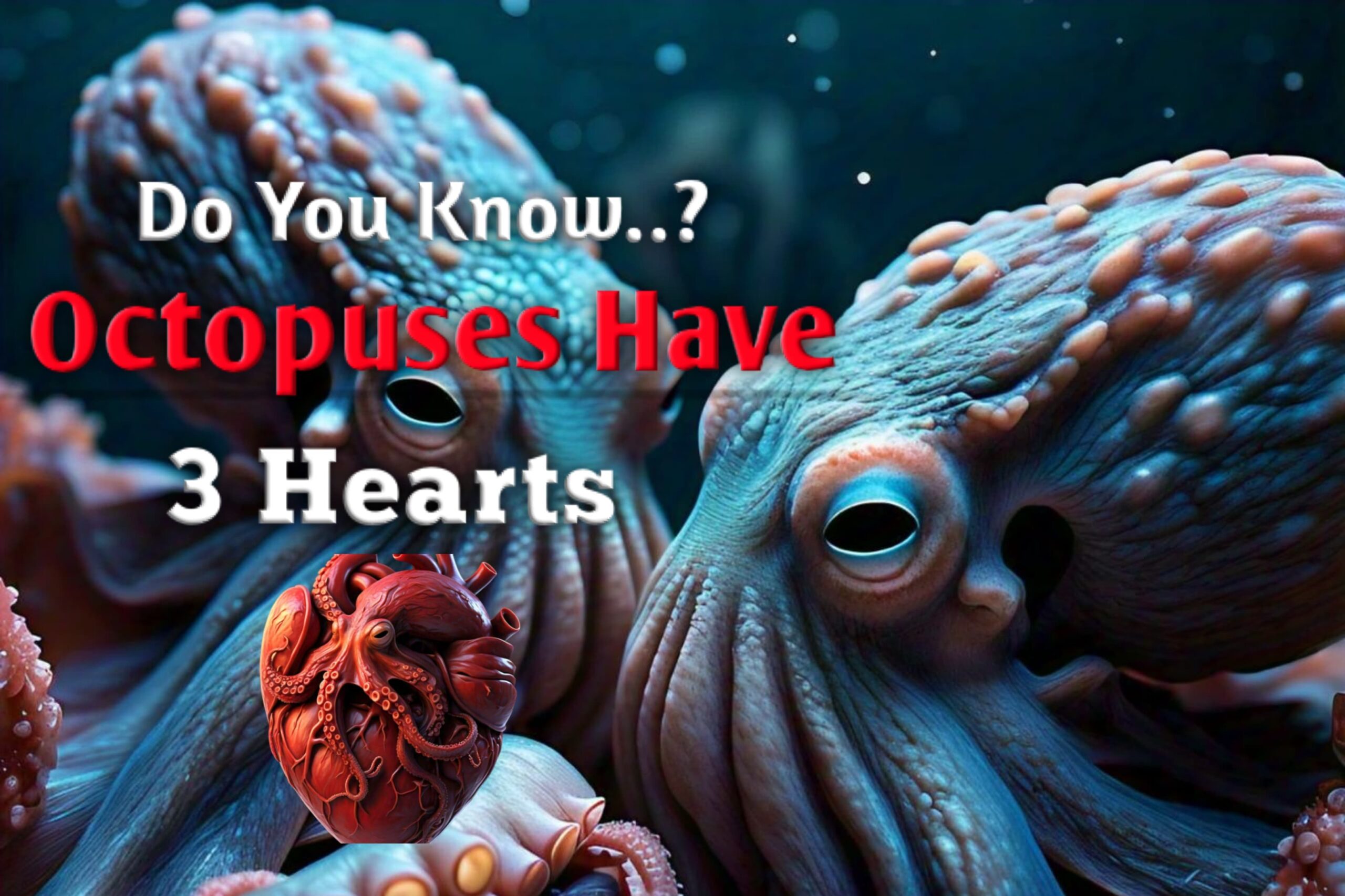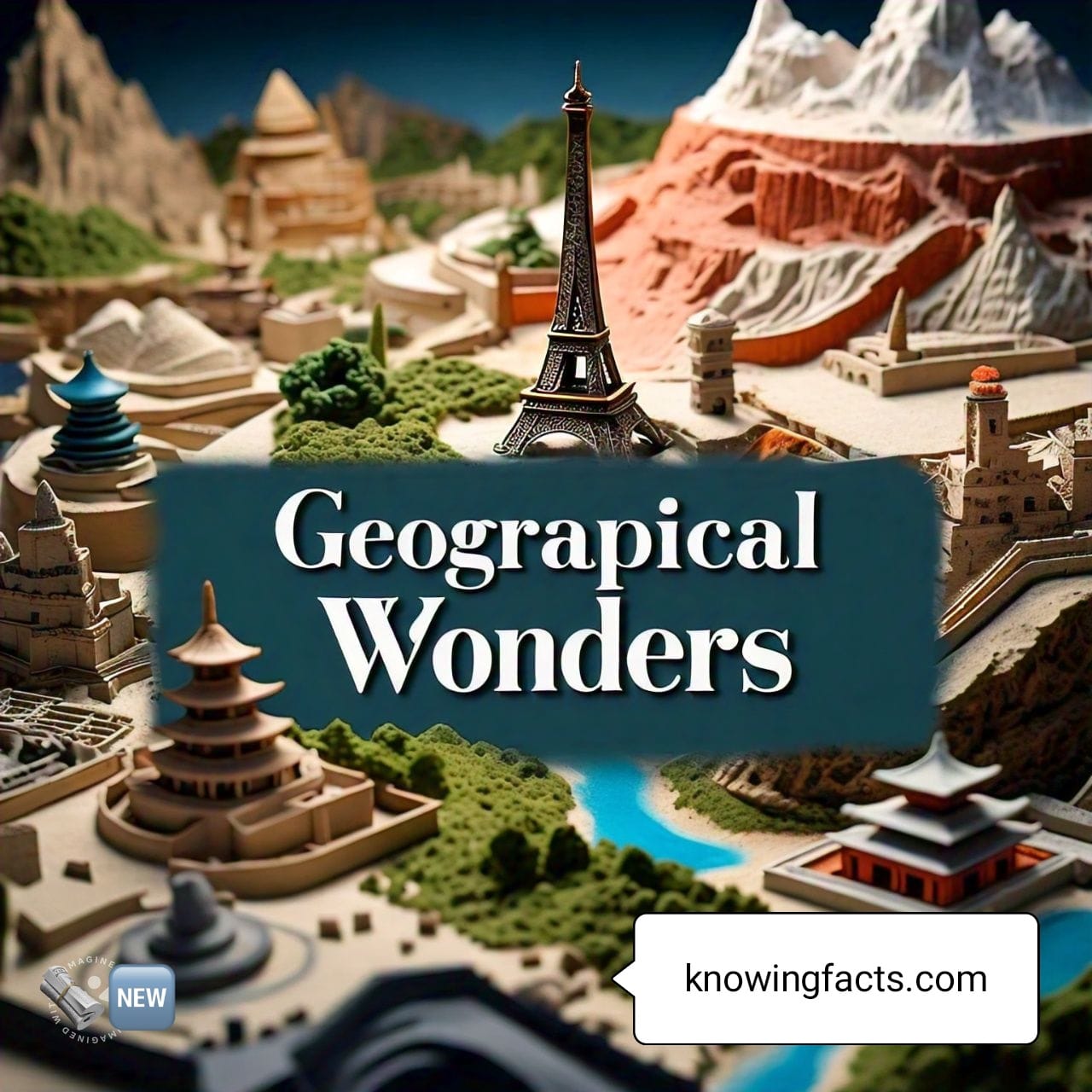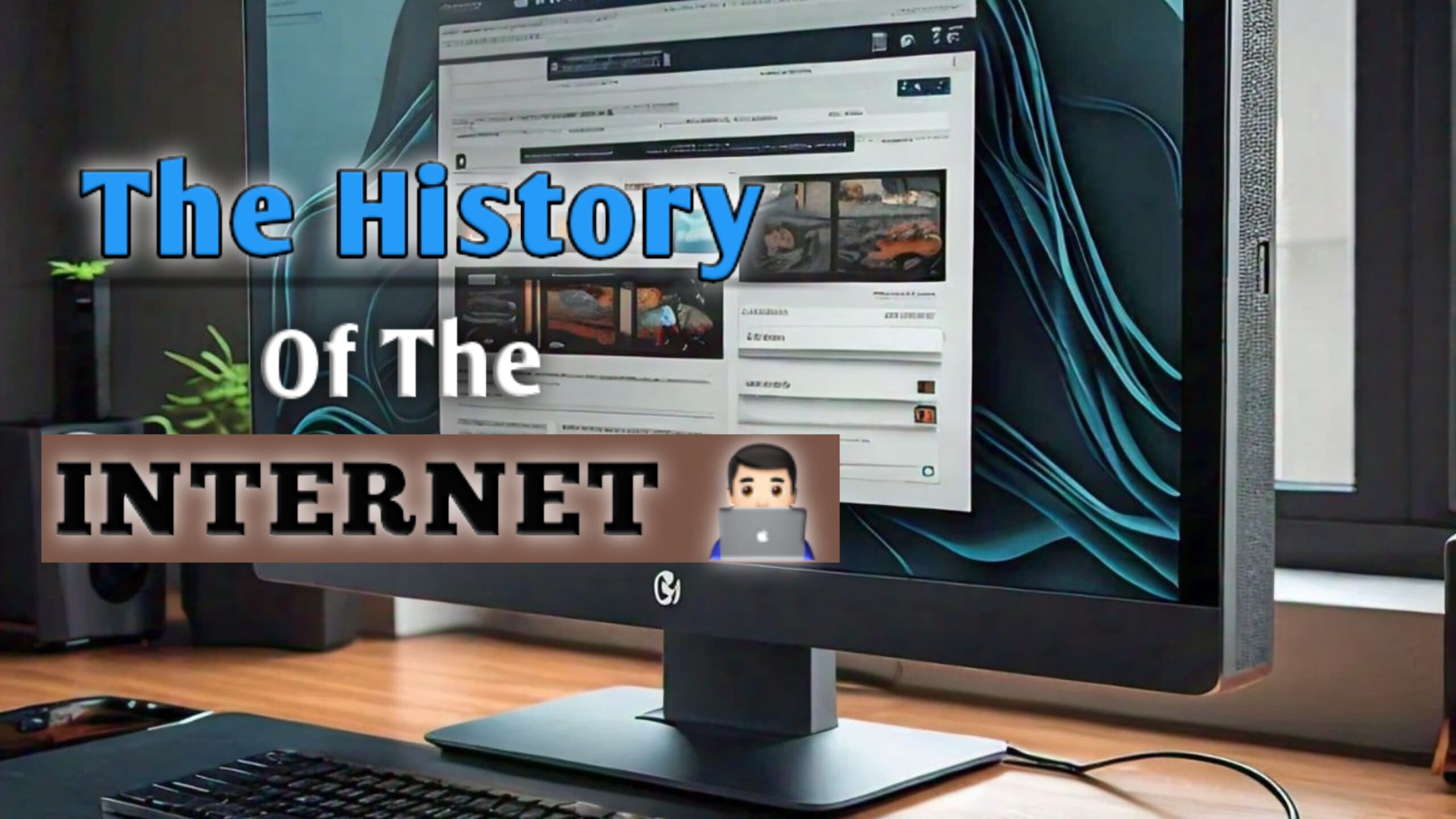Written by :- Suyog Wankhade
Here’s a detailed history of the internet:
Early Days (1960s-1980s)
– 1969: US Department of Defense’s ARPANET, the first network, is developed by Vint Cerf and Bob Kahn.
– 1971: First email is sent over ARPANET by Ray Tomlinson.
– 1972: TCP/IP protocol is developed by Vint Cerf and Bob Kahn.
– 1983: Internet Protocol (IP) is adopted, allowing networks to connect and form the internet.
Expansion and Growth (1990s-2000s)
– 1991: World Wide Web (WWW) is invented by Tim Berners-Lee.
– 1993: First graphical web browser, Mosaic, is released.
– 1998: Google search engine is launched.
– 2000: Broadband connections become widespread.
– 2004: Facebook social media platform is launched.
Modern Era (2010s-present)
– 2010: Cloud computing and streaming services become popular.
– 2011: Internet of Things (IoT) emerges.
– 2012: Mobile devices and smartphones become dominant.
– 2016: Artificial intelligence (AI) and machine learning (ML) start to impact the internet.
– 2020: Over 4.9 billion people use the internet (63% of global population).
Key Milestones
– 1989: World Wide Web Consortium (W3C) is founded.
– 1992: Internet Service Providers (ISPs) emerge.
– 1998: Internet Corporation for Assigned Names and Numbers (ICANN) is established.
– 2003: Wi-Fi technology becomes widely available.
– 2006: Twitter social media platform is launched.
Challenges and Concerns
– Privacy and data protection
– Cybersecurity threats
– Misinformation and disinformation
– Net neutrality and regulation
– Digital divide and accessibility
The Future of the Internet
– Increased use of AI and ML
– Growth of IoT and connected devices
– Expansion of 5G and edge computing
– Enhanced virtual and augmented reality experiences
– Continued concerns about privacy, security, and regulation







